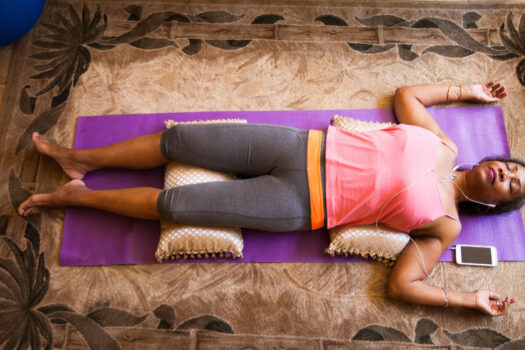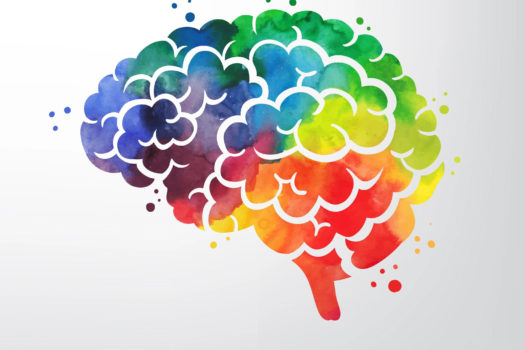Complementary Therapy
Having a serious or chronic illness is a stressful and often traumatic time for sufferers and the people who care about them. While conventional medical treatments are a necessity and do a great deal, many people continue to recognize the potential benefits of complementary therapies.
Consider Trying Complementary Therapies
Do thorough research on the complementary therapies available and consult with your doctor about which ones could be appropriate for you. It is critically important that you do consult with your GP or cancer specialist before embarking on any type of complementary treatment, as there is always a possibility that the treatment will have an adverse interaction with your existing therapies and/or medications. In these cases, complementary therapies can do a great deal more harm than good.
Once you have obtained permission from a medical professional, do more research to ensure that you find the complementary therapies that you would find most helpful. It is essential that you choose complementary therapy practitioners who are properly qualified and have a substantial amount of experience in their fields. The United States has the National Centre for Complementary and Integrative Health. This organisation is responsible for researching and testing complementary therapies. It might have some information that is useful to you.
Benefits of Complementary Therapies
The strength of complementary therapies is their focus on the entire human being rather than only the disease or condition and its symptoms. They tend to be holistic in approach.
If you have been presented with the necessity of invasive conventional treatments such as cortisone injections or surgery, ask your doctor whether it would be safe for you to first try some complementary therapies (alongside his or her conventional approach) to see if they can help before taking the plunge.
Examples of Complementary Therapies
Some popular complementary therapies are:
- Osteopathic treatment: Most people associate osteopathy with high velocity manipulation, or in layman terms, making the joint click. This is certainly a part of the osteopathic treatment, but it is not its core and is not used on all patients. Choosing an Osteopath can be daunting, unless you live in easy reach London where you can find Natural Moves a centre of clinical excellence for osteopathy and private pilates classes in the heart of Notting Hill
- Massage therapy: In massage therapy, certified massage therapists perform massage with their fingers and hands as well as sometimes their elbows, forearms, or even their feet. Massage therapy is most often performed in specialized private offices, hospitals, nursing homes, and places such as sports and fitness facilities and massage therapy studios.
- Acupuncture: Acupuncture is an ancient practice. Its origins were in China thousands of years ago. The efficacy of acupuncture in certain areas has been verified by conventional medicine. When you undergo an acupuncture treatment, a certified practitioner uses needles to penetrate the skin of specific areas of the body.
- Aromatherapy: Aromatherapy is also called essential oil therapy. This practice uses the essential oils (the aroma-producing oils of plants). A plant’s essential oils are taken from its roots, rind, flowers, bark, leaves, and/or stalk. After they’re extracted, they are mixed with an alcohol, oil, or lotion. Aromatherapy practitioners use the aroma oils in various different ways to benefit their clients.
- Reflexology: In reflexology, the practitioner will apply pressure to specific areas of the hands, ears, and feet. Having reflexology treatments is an excellent way to deeply relax and more effectively deal with stress. Reflexology practitioners are trained to know which specific areas for application of pressure are effective for alleviating problems in other areas of the body. Reflexologists use foot charts for this purpose. Sometimes practitioners use tools like sticks of wood, rubber bands, and rubber balls in their work. Often practitioners qualified in other areas like physical therapy, massage therapy, and chiropractic.
Other examples of complementary therapy methods include:
- Osteopathy
- Pilates
- Acupuncture
- Kinesio taping
- Yoga
- Homeopathy
- Herbal medicine
- Reflexology
- Dietary supplements and probiotics
- Visualisation
- Therapeutic touch
- Acupressure and shiatsu
- Music therapy
- Alexander Technique
- Art therapy
- Aromatherapy
- Hypnotherapy
- Meditation
We want to bring you unbiased information, so we do not accept sponsorship from any therapist or complimentary therapy manufacturer. However keeping a website online does cost money, so we are thankful to CasinoAAMS.net for providing the funding to keep us online. CasinoAAMS.net is an Italian independent comparison site for online casinos AAMS (regulated by the Italian Government). Even if you don’t live in Italy we would urge you to give it a click 😉



